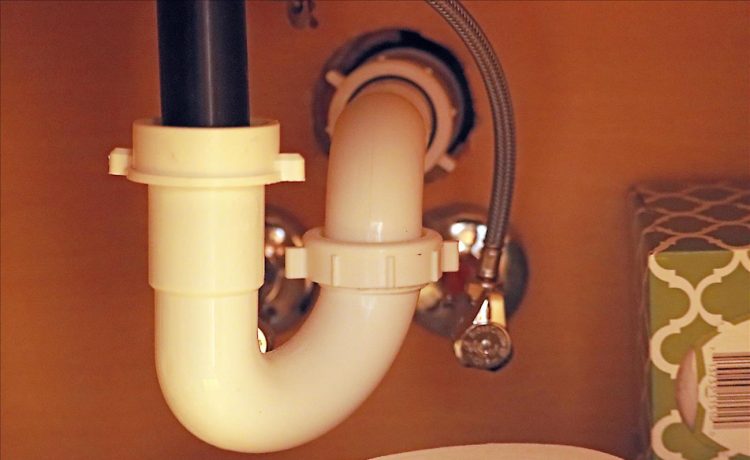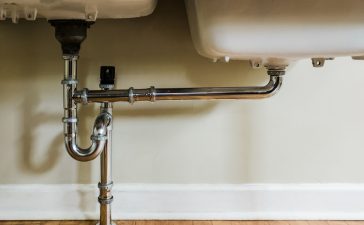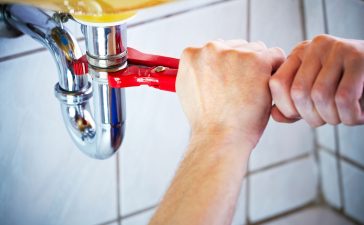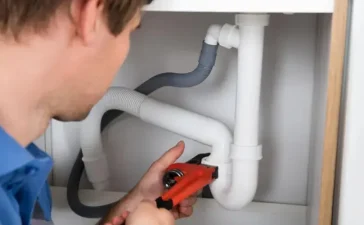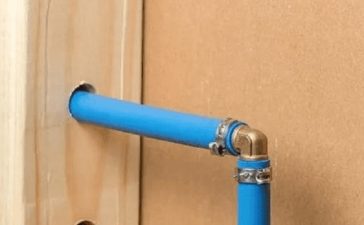When it comes to maintaining a home’s plumbing system, the drainage system often goes unnoticed until a problem arises. Clogged drains, foul odors, slow drainage, and water damage are all signs of plumbing issues that, if not addressed promptly, can result in costly repairs. Fortunately, with a few simple yet effective tips, homeowners can keep their drainage systems in top condition and avoid many common plumbing issues. This article outlines ten practical tips for ensuring better drainage and a more efficient plumbing system overall.
1. Use Drain Guards to Prevent Debris Build-Up
The first line of defense against clogs and blockages in your drainage system is a drain guard or strainer. These small, inexpensive devices catch hair, food particles, soap scum, and other debris that would otherwise slip down the drain and cause a buildup. By installing drain guards in your kitchen and bathroom sinks, tubs, and showers, you can significantly reduce the chances of clogs forming, and keep your pipes clear for longer.
Drain guards are especially useful in bathrooms, where hair is one of the most common culprits behind drain blockages. Whether you opt for a simple mesh cover or a more stylish and efficient silicone version, these little tools are an easy way to protect your plumbing system.
2. Regularly Clean Your Drains with Natural Solutions
Instead of resorting to harsh chemical drain cleaners, which can be damaging to both your pipes and the environment, consider natural alternatives. A mixture of baking soda and vinegar is an excellent, eco-friendly way to clean your drains without causing damage. Simply pour half a cup of baking soda into the drain, followed by half a cup of vinegar. Let the mixture sit for 10-15 minutes, then flush it with hot water. This simple DIY cleaning method helps break down grease, soap scum, and other debris that may be accumulating in your pipes, keeping your drainage system running smoothly.
For a deeper clean, you can repeat this process every few months or when you notice slow drainage. The combination of baking soda’s abrasiveness and vinegar’s acidity is highly effective at removing build-up, preventing clogs, and eliminating bad odors.
3. Avoid Pouring Grease Down the Drain
One of the most common mistakes homeowners make is pouring cooking oils, fats, or grease down the kitchen sink. These substances can harden as they cool, creating stubborn clogs in your pipes. Over time, repeated pouring of grease down the drain can lead to major blockages, which may require professional plumbing services to resolve. Instead of pouring grease down the drain, always dispose of it in a container or let it solidify before throwing it away in the trash.
To help keep your kitchen drains clear, you can also wipe excess grease from pots and pans with a paper towel before washing them in the sink. This simple habit can prevent build-up in the pipes and maintain proper drainage.
4. Run Hot Water Through Your Drains
One of the easiest ways to ensure your drains stay in good condition is to regularly flush them with hot water. Hot water can help break down soap residue, grease, and other substances that may be accumulating in the pipes. Make it a habit to run hot water down your kitchen and bathroom drains for a few seconds after each use, especially after washing dishes or using products like shampoo and conditioner.
Additionally, if you notice slow drainage, you can run hot water through the drain for several minutes to help clear up minor clogs before they worsen.
5. Check for Leaks and Seepage
While leaks are often considered a symptom of poor plumbing, they can also affect your drainage system. Even small leaks around joints and seals can lead to water damage and mold growth if left unchecked. Inspect your pipes regularly for signs of leaks, particularly under sinks or along exposed pipes. If you notice any moisture around joints, loose fittings, or unexplained water damage, it’s essential to have a plumber assess the situation.
In addition to maintaining the pipes themselves, inspect the area around drains for water seepage. Persistent dampness around floor drains, for instance, may indicate a problem with drainage or water flow that needs immediate attention.
6. Avoid Flushing Non-Degradable Items
A common plumbing problem that leads to clogged drains is the flushing of non-degradable items, such as wet wipes, cotton balls, feminine hygiene products, and paper towels. These items do not break down easily in water, and they can quickly accumulate in your pipes, leading to severe blockages. It’s essential to only flush toilet paper and human waste down the toilet. Any other items, even those labeled as “flushable,” should be disposed of in the trash.
To educate all members of your household on proper flushing habits, consider placing a sign near your toilet that clearly outlines what can and cannot be flushed. Simple awareness can go a long way in preventing plumbing headaches.
7. Install a Drainage System Maintenance Schedule
Preventative maintenance is key when it comes to plumbing systems. Rather than waiting for a problem to arise, take a proactive approach by establishing a regular drainage maintenance schedule. This can include periodic cleaning, inspections, and basic maintenance tasks such as tightening joints or resealing seals.
If you’re unsure of where to start, consult with a professional plumber who can guide you through the best maintenance practices for your home’s plumbing. An annual inspection can help identify potential issues before they escalate, saving you time, stress, and money in the long run.
8. Use a Plumbing Snake for Minor Clogs
If you do experience a clog, a plumbing snake (also known as an auger) is an excellent tool for clearing out minor blockages. These tools work by physically breaking up the material causing the clog, allowing water to flow freely again. Plumbing snakes are available in various sizes, from handheld versions for small jobs to motorized ones for larger, more stubborn blockages.
For minor clogs, try using a manual snake before resorting to chemical drain cleaners. It’s a safer and more environmentally friendly option that can resolve the issue without the risk of damaging your pipes.
9. Maintain Proper Grading Around Drainage Outlets
Your home’s drainage system is only as effective as the grading around it. Proper grading ensures that water flows away from your home’s foundation, reducing the risk of water pooling near your drains and causing blockages or leaks. If you notice that water tends to accumulate near drain openings or around your basement, you may need to adjust the grading of the surrounding landscape.
Ensure that the ground slopes away from your home, directing rainwater and other runoff away from your plumbing system. If necessary, consult with a landscaper or contractor who can help regrade the area to prevent future drainage problems.
10. Know When to Call a Professional
While many drainage issues can be handled with DIY methods, some problems require professional intervention. If you encounter frequent clogs, persistent odors, or signs of significant damage, it’s best to call a plumber. A licensed professional can accurately diagnose and resolve underlying issues, such as tree root intrusion, damaged pipes, or problems with the main sewer line.
Don’t hesitate to seek help when necessary; ignoring plumbing issues can lead to more expensive repairs down the road.
Conclusion
Maintaining a healthy drainage system is integral to the overall well-being of your home’s plumbing. By adopting a few simple yet effective strategies—such as using drain guards, cleaning drains regularly, and avoiding harmful substances like grease—you can ensure that your plumbing system runs smoothly for years to come. Regular inspection and maintenance are also key components in preventing future issues, as are making responsible decisions about what to flush or pour down the drain. By staying proactive and informed, you can protect both your plumbing and your home from costly repairs and potential damage.





